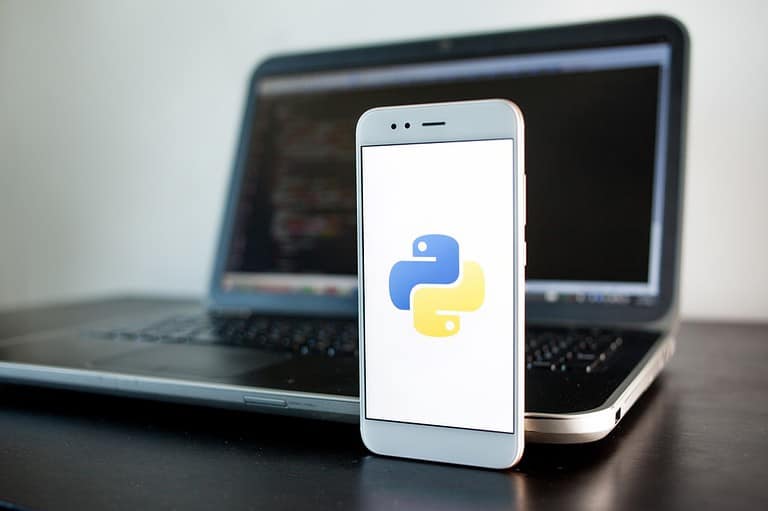Python is more popular than ever, as shown in March’s TIOBE Index. Although it has held the top spot in this ranking of most-used programming languages for years, its lead over the number two (C) has never been more significant. What explains Python’s growth spurt?
After years of Python going neck-and-neck with C and Javascript, Python has not relinquished the lead since October 2021, according to the TIOBE Index. Those who compare statistics over several years will see that Python has steadily risen since late 2017. The index measures the popularity of programming languages based on the number of developers who say they work with them, available courseware and platforms in which the code appears.
Python also takes first place in tech magazine IEEE Spectrum‘s rankings, just like it did in 2022, 2021 and 2020. Python also scores highly in GitHub’s latest Octoverse Report and Stack Overflow’s Developer Survey. The latter survey shows that the language is particularly popular among nonprofessional developers. This target group includes data analysts who do coding “on the side”.
Suitability for building AI libraries and frameworks
Python’s suitability for AI might explain its steady growth in recent years. The language now has an extensive ecosystem of (open-source) libraries and frameworks for machine learning and natural language processing. Frameworks such as TensorFlow (Google), PyTorch (Facebook AI Research Lab, FAIR for short) and libraries such as scikit-learn and NLTK are co-written in Python. All models in the GPT series were developed using Python. With GPT-4 as its base, GitHub Copilot uses Python among others.
Tip: Why the Rust programming language keeps getting more popular
Of course, plenty of other languages are in use when training AIs, such as C++ when processing large amounts of data and performance optimization or Java in enterprise environments where this language is ubiquitous anyway. However, Python is relatively easy to integrate with such languages and systems. This makes it possible to combine different parts of the training process: say Python for data preprocessing and C++ for optimizing specific parts of the training algorithm.
Control versus flexibility
In this way, the languages overcome each other’s weaknesses. For example, Python has a low runtime efficiency or speed of execution compared to the C languages, Java, and JavaScript. Such languages generally offer more control over memory management and optimization and pay for it with reduced flexibility.
It is certain that Python, developed 33 years ago by Dutchman Guido van Rossum, will remain in frequent use. Especially if it continues to prove its usefulness in the continuing AI race with its ever-growing ecosystem of libraries and frameworks. Combined with the attractiveness of the language for researchers and analysts who also want to snatch a piece of the AI pie, its continued presence in the upper reaches of all kinds of rankings is pretty much guaranteed.
Also read: AI coding tools divide developers’ opinions
